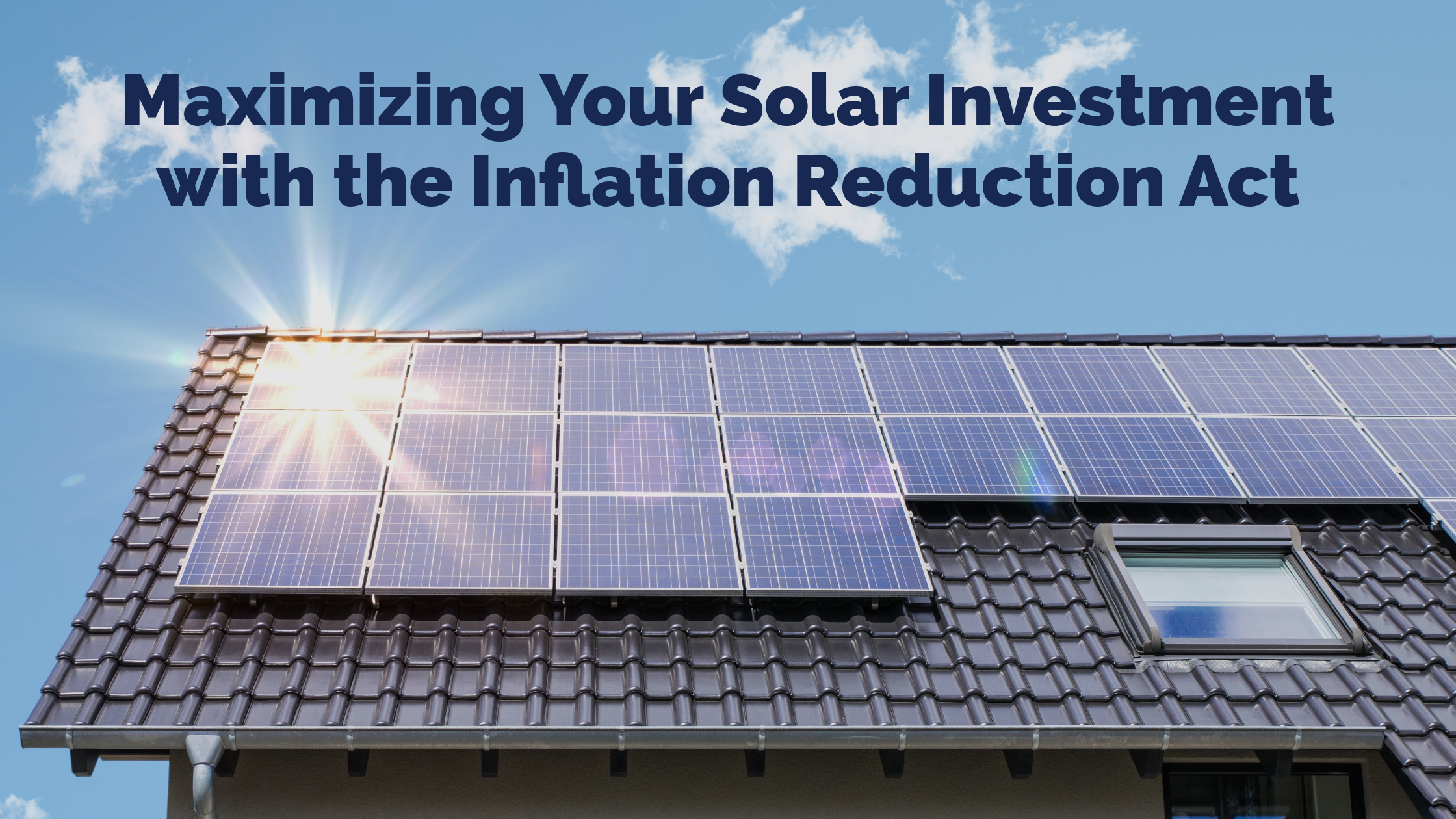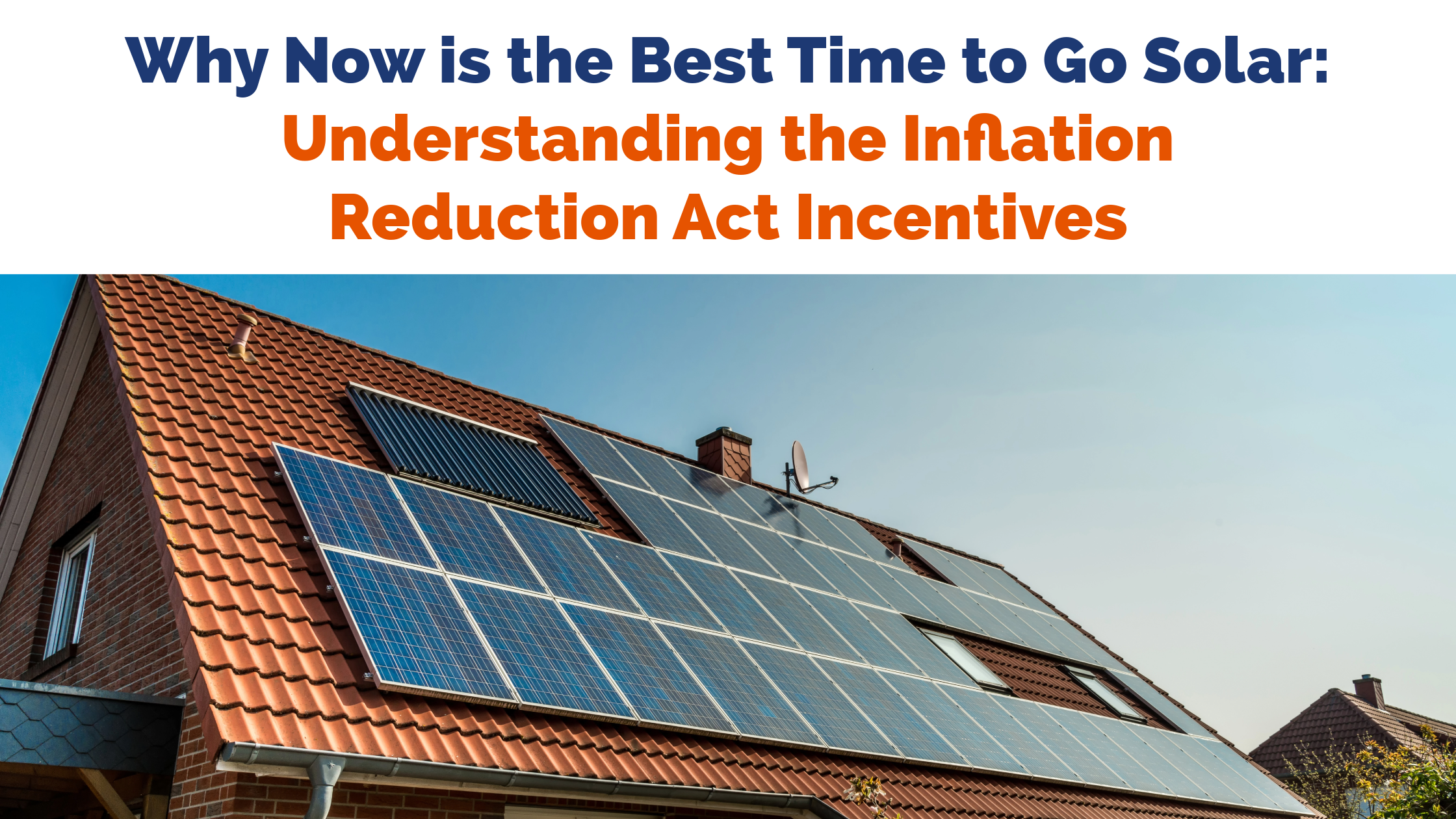
Three Major Advancements in 2023
The solar energy sector is always changing and developing. All signs point to solar energy continuing to be a major staple of the energy world in 2023 and for years to come.
Policy changes and improved technology are sure to make solar even more appealing to both residential and commercial customers. The cost of panels and installation could go lower due to state and federal incentives as well as lower costs of development and production. Changes in buyback incentives from local electric companies could also entice individuals and business owners to get in on solar in 2023 before the best rates run out.
A lot could be on the way for the solar sector in the coming year. Here, we’ll look at just a few areas where solar energy could grow and develop over the next 12 months:
1) New Policies and Incentives
One of the biggest roadblocks to the adoption of solar has been the startup costs. Panels and installation can run in the thousands of dollars. While the system will pay for itself over the years, adding solar to a property can be prohibitively expensive for many customers, even those who wish to go solar.
New policies and incentives beginning in 2023 could help alleviate these initial costs. The US Inflation Reduction Act (IRA) of 2022 set aside $369 billion for climate and energy measures. A massive provision of the IRA is the reinstatement of the federal solar tax credit. Massachusetts homeowners and business owners can reduce their federal tax liability by 30% of their total solar panel and battery installation costs. This can lead to significant savings, learn how to claim the solar tax credit here.
Throughout the country, individual states have their own energy goals going forward. In 2021, 10 states including DC, Puerto Rico, and Massachusetts have declared goals of going 100% renewable in the coming decades. Another 22 states have set goals for community solar projects. The White House has also set a goal of a 50% reduction in greenhouse gas emissions by the end of the decade. All of this means that state governments and the federal government will be doing whatever they can to drive the adoption of solar going forward.
2) Changes to Net Metering
Net metering is the process of measuring the amount of energy that a solar energy system delivers back to the local power grid. In most places, a resident or business owner who has solar panels will take in more energy than they use. This extra energy is bought back by electric companies and used on other customers. Numerous states utilize net metering, and they all manage and decide their own requirements and policies.
In California, for example, Net Energy Metering 3.0 (NEM 3.0) is set to become a policy in 2023. This policy will change how customers are paid for sending excess energy back to the local power grid, lowering the amount of money a customer receives from their excess power. This policy goes into place in April, but anyone who installs new panels before then will fall under the rules of NEM 2.0 with a higher incentive. It’s expected that solar installation will spike in California during the first quarter of 2023 due to these changes.
In Massachusetts however, net metering caps for residential solar projects have been increased to encourage larger solar projects. With the new cap, residential solar projects up to 25 kilowatts are eligible for Massachusetts net metering program. This is double the size of the previous limit, the state hopes to see a rise in solar panel installations due to this new cap.
3) Improved Energy Storage
As with nearly every technology, solar battery storage has developed over time and become better in every way. Today’s solar energy battery systems can now store more energy than ever before in a smaller unit. This can greatly change the landscape of solar energy in the coming years.
A typical home uses 30 kWh of power every day while today’s batteries can store up to 10 kWh. With just three batteries, a home could potentially have a full day’s worth of energy ready to go at a moment’s notice. Over time, solar energy batteries will increase further in capacity, providing even more storage and even less need for customers to utilize energy from the local grid.
Invest in Solar Energy Now
These are just a few things to look for in the solar energy sector in 2023. As time goes on, more developments will be made, such as more efficient panels, lower installation costs, and easier system setup. There has never been a better time to switch from traditional electrical systems to solar energy.
Want to learn more about switching to solar at your home or place of business? Contact our solar energy experts now to discuss your needs and answer all your questions.
-Request More Info-





